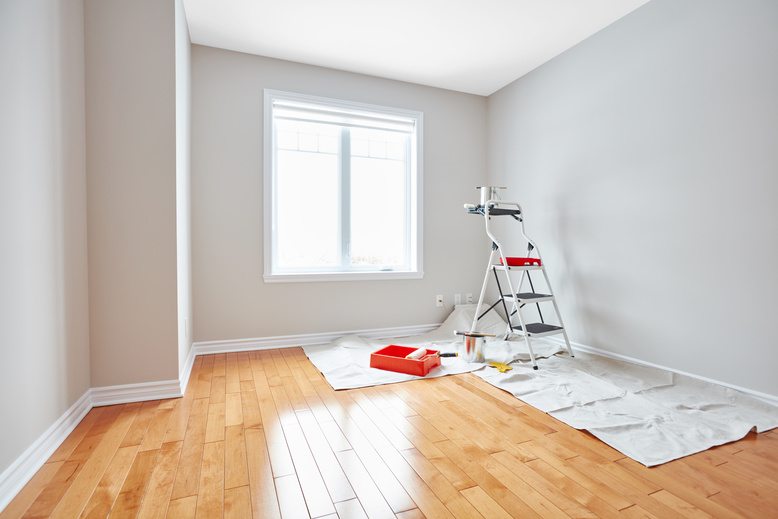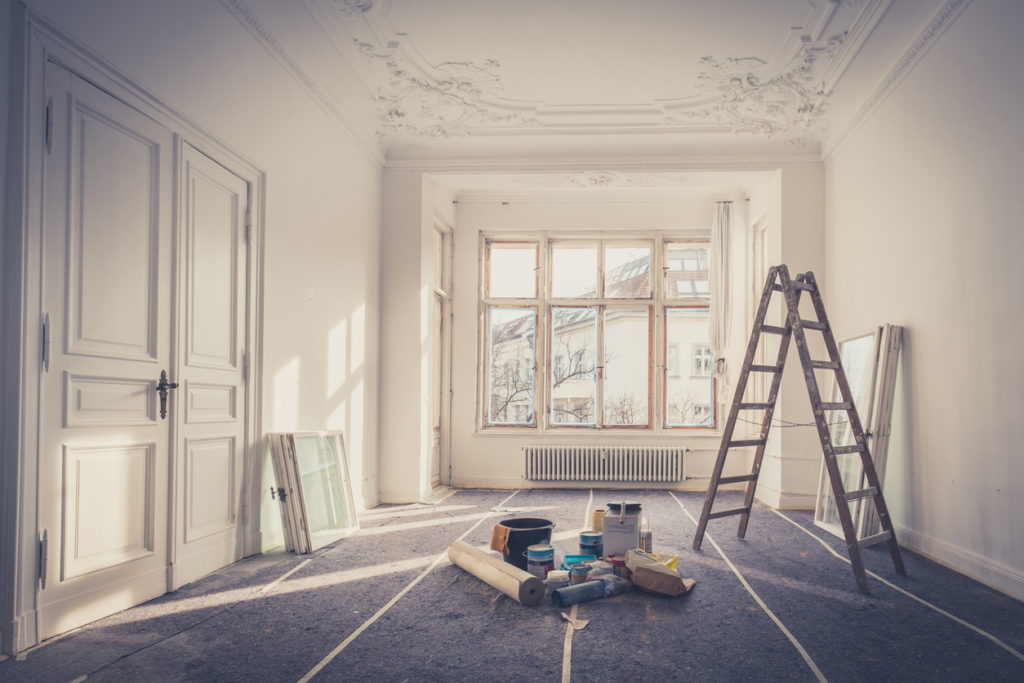Affordable Lakewood Interior Painting to Brighten Up Your Home’s Interiors
Enhance Your Interior Design With Comprehensive Shade Examination
The assimilation of shade examination into indoor style provides a special chance to refine and boost the visual and emotional resonance of a room. By engaging with a seasoned color specialist, you can browse the complexities of color choice, guaranteeing that your options not just complement architectural functions yet also reverberate with individual style and emotional effect.
Advantages of Color Assessment

Moreover, shade examination help in optimizing all-natural light and maximizing spatial perception. Lighter tones can make an area show up even more extensive, while darker shades create an intimate setup. Cleveland Metro Painting Specialists. This tactical application of shade can significantly affect the overall setting of any interior room
Furthermore, expert consultants have a thorough understanding of ageless standards and current fads, guaranteeing that the chosen colors will certainly stay appealing in time. This foresight can save customers from pricey redesigns in the future. Color examination equips clients by providing them with a clear vision and instructions, promoting self-confidence in their layout selections and inevitably leading to an extra satisfying and effective indoor layout outcome.
Comprehending Color Psychology
The value of color psychology in interior decoration can not be overemphasized, as it looks into the psychological and psychological effects that various hues can evoke in individuals. Colors can affect state of mind, actions, and also productivity, making them an important consideration in any kind of design task.
For example, warm colors such as red, orange, and yellow are frequently connected with power and heat. They can boost sensations of excitement and comfort, making them ideal for social rooms like living kitchens or areas. Alternatively, amazing colors like blue, green, and purple have a tendency to evoke calmness and peace, making them optimal for rooms or meditation locations.
Furthermore, making use of neutral tones can develop a balanced setting by enabling the bolder colors to stick out without overwhelming the detects. Recognizing these psychological impacts allows designers to produce spaces that not only look visually pleasing but likewise advertise psychological health.
Integrating color psychology into interior decoration includes a thoughtful option of hues tailored to the desired feature of each area, ultimately enhancing the general experience for its passengers. This awareness is crucial for accomplishing a functional and unified indoor environment.
The Shade Wheel Explained
Understanding the relationships between shades is vital for effective interior decoration, and the color wheel functions as a useful device in this process. The shade wheel, established by Isaac Newton in the 17th century, highlights the range of colors prepared in a round style. It comprises main colors-- red, blue, and yellow-- that can not be produced by blending other colors. Second shades, developed by incorporating primaries, consist of green, orange, and purple. Tertiary shades result from mixing a key and a secondary color, leading to tones such as red-orange and turquoise.
The color wheel assists developers understand the connections between colors, including corresponding, comparable, and triadic schemes. Corresponding shades, positioned contrary each various other on the wheel, produce lively contrasts that can stimulate a room. Similar colors, located alongside one another, offer a cohesive and harmonious look. Triadic plans utilize 3 uniformly spaced shades, supplying equilibrium and visual rate of interest. website here
Utilizing the color wheel in indoor design not just enhances aesthetic appeal but additionally stimulates certain feelings and atmospheres, making it a crucial referral for color assessment. Understanding these relationships ultimately equips developers to develop rooms that are both aesthetically fascinating and practical.
Choosing the Right Scheme
Often, picking the ideal scheme is a crucial consider achieving an effective interior decoration task. A well-chosen color pattern can unify a room, improve its attributes, and stimulate preferred feelings. To begin, consider the objective of the area. Different rooms serve varied features and call check my source for palettes that reflect their designated usage; for example, peaceful colors such as soft blues or environment-friendlies work well in rooms, promoting leisure.
Light can dramatically modify exactly how shades show up, so it is vital to evaluate the space at various times of the day. A harmonious combination ought to enhance these attributes, creating a cohesive appearance throughout the room.
When choosing colors, make use of the 60-30-10 rule, which suggests that 60% of the area must be a dominant shade, 30% a second shade, and 10% an accent color. This ratio guarantees equilibrium and visual interest (Cleveland Metro Painting Specialists). Finally, sample shades on the wall surfaces before dedicating, as this allows you to see exactly how the colors connect with each other and the overall setting they create in your interior design job.
Dealing With a Shade Consultant

When dealing with a shade professional, the process normally begins with an initial examination. During this meeting, you'll review your vision, preferences, and the existing components in your space. The consultant will certainly assess your demands and may suggest certain color palettes that align with your objectives.
After establishing an instructions, the specialist will supply examples and visual help to aid you imagine the suggested color pattern. This action is important, as colors can show up differently under varying lights problems.
In addition, a shade expert can direct you in selecting corresponding furnishings, art work, and accessories to harmonize with your selected palette. By working together closely, you can achieve a refined aesthetic that raises your interiors and produces an inviting environment. Inevitably, the know-how of a color professional can considerably boost the total influence of your style job.
Verdict
In recap, detailed shade assessment functions as an important device for enhancing interior design. By leveraging specialist expertise of color psychology and spatial characteristics, a customized shade scheme can be established to stimulate details feelings and develop an unified atmosphere. This calculated strategy not just promotes a natural style narrative yet likewise reduces the threat of expensive redesigns. Eventually, involving with a shade professional ensures a notified and cosmetically pleasing result, elevating the overall experience of the room.
By engaging with an experienced shade professional, you can browse the intricacies of color option, making certain that your choices not only complement architectural features but additionally reverberate with individual design and emotional influence. It consists of key shades-- red, blue, and yellow-- that can not be developed try this web-site by blending various other shades.The shade wheel assists developers comprehend the connections between colors, including corresponding, analogous, and triadic systems.When picking shades, use the 60-30-10 policy, which suggests that 60% of the space should be a leading shade, 30% a second shade, and 10% an accent color. By leveraging expert knowledge of shade psychology and spatial characteristics, a tailored color combination can be created to stimulate particular emotions and create an unified atmosphere.